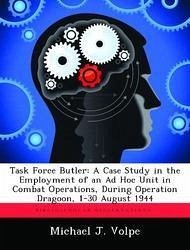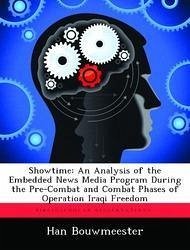Nicht lieferbar

Peacemaking: The Brother of Peacekeeping or a Combat Operation?
Versandkostenfrei!
Nicht lieferbar
This paper analyzes the doctrinal relationship between peacemaking and peacekeeping operations. Since WWII we have witnessed a rise in the frequency of "Low-Intensity Conflicts" (LIC). Two types of operations conducted in response to this type of conflict are Peacekeeping and Peacemaking operations. Current Army doctrine for LIC, as outlined in FM 100-20, implies that while peacemaking is essentially a combat operation, a strong relationship exists between peacekeeping and peacemaking operations. And peacemaking operations can successfully transition to peacekeeping. This paper begins with an ...
This paper analyzes the doctrinal relationship between peacemaking and peacekeeping operations. Since WWII we have witnessed a rise in the frequency of "Low-Intensity Conflicts" (LIC). Two types of operations conducted in response to this type of conflict are Peacekeeping and Peacemaking operations. Current Army doctrine for LIC, as outlined in FM 100-20, implies that while peacemaking is essentially a combat operation, a strong relationship exists between peacekeeping and peacemaking operations. And peacemaking operations can successfully transition to peacekeeping. This paper begins with an analysis of the moral, cybernetic and physical domains of peacemaking and peacekeeping in order to determine the true nature of each operation. The U.N. Model and the Multinational Force and Observers (MFO) serve as the basis for the analysis of peacekeeping. And the U.S. experience in the Dominican Republic in 1965 and in Lebanon in 1958 and 1982-84 provide the basis for the analysis of peacemaking operations. Once the two operations have been analyzed, a determination of the compatibility of peacemaking and peacekeeping is made. The conclusion of this study is that the two operations are fundamentally different. And, therefore, it would be dangerous to expect a tactical commander to transition from one operation to the other successfully.










